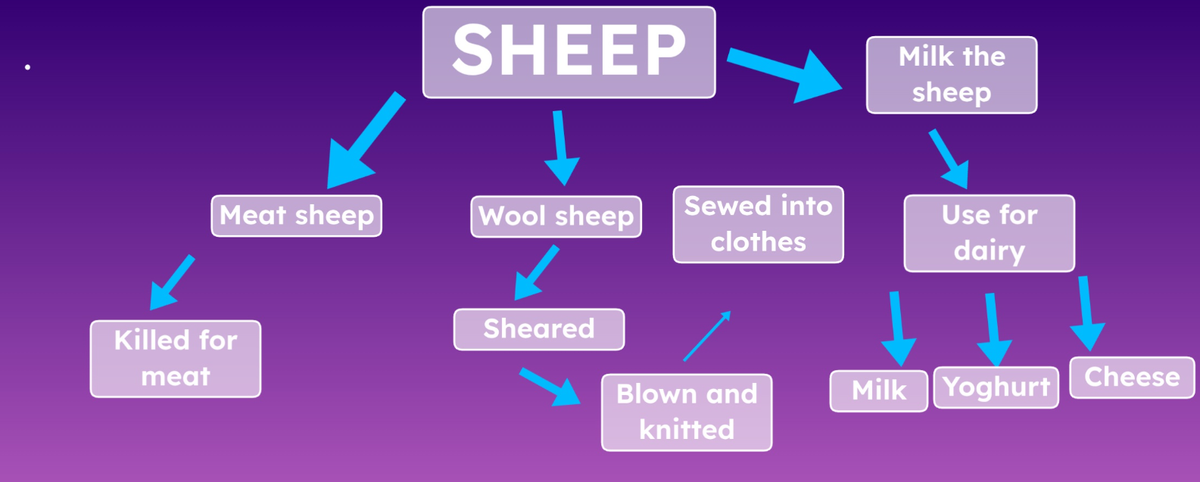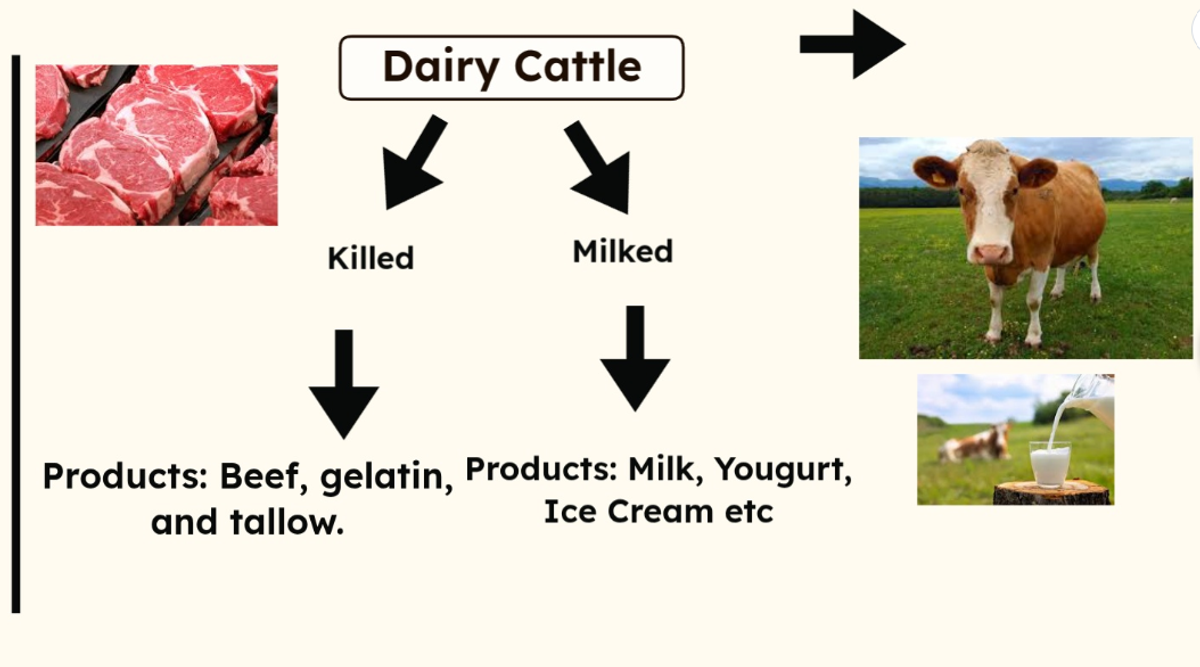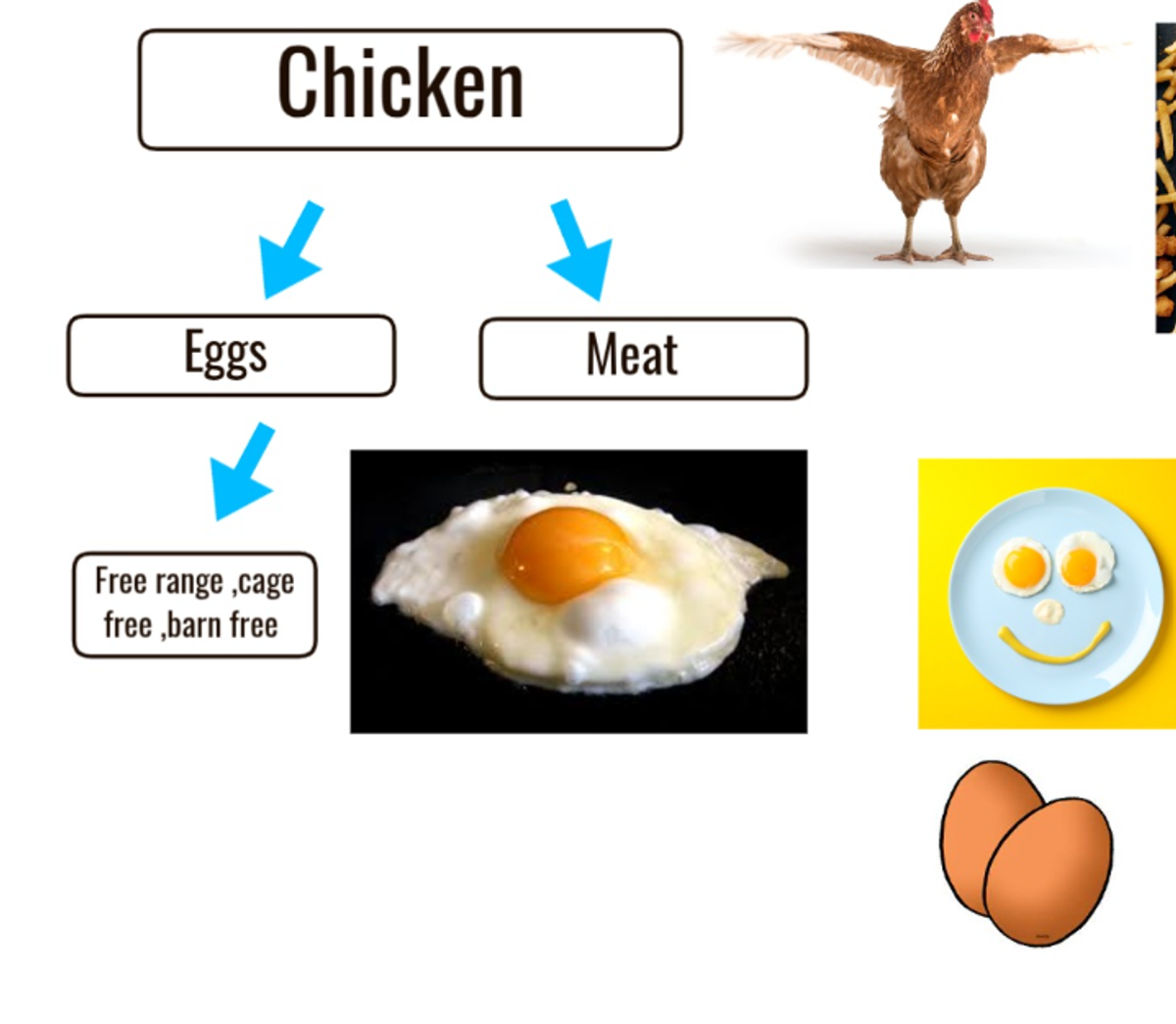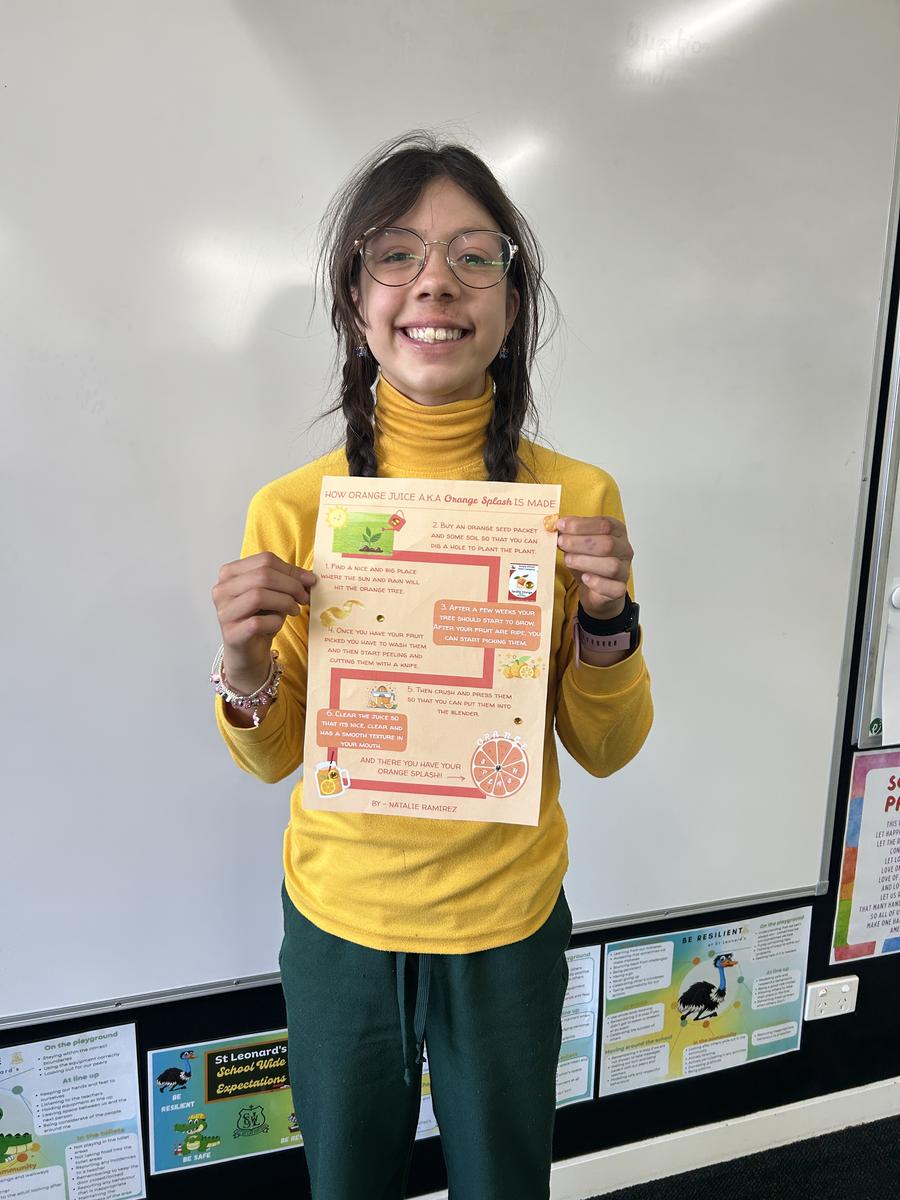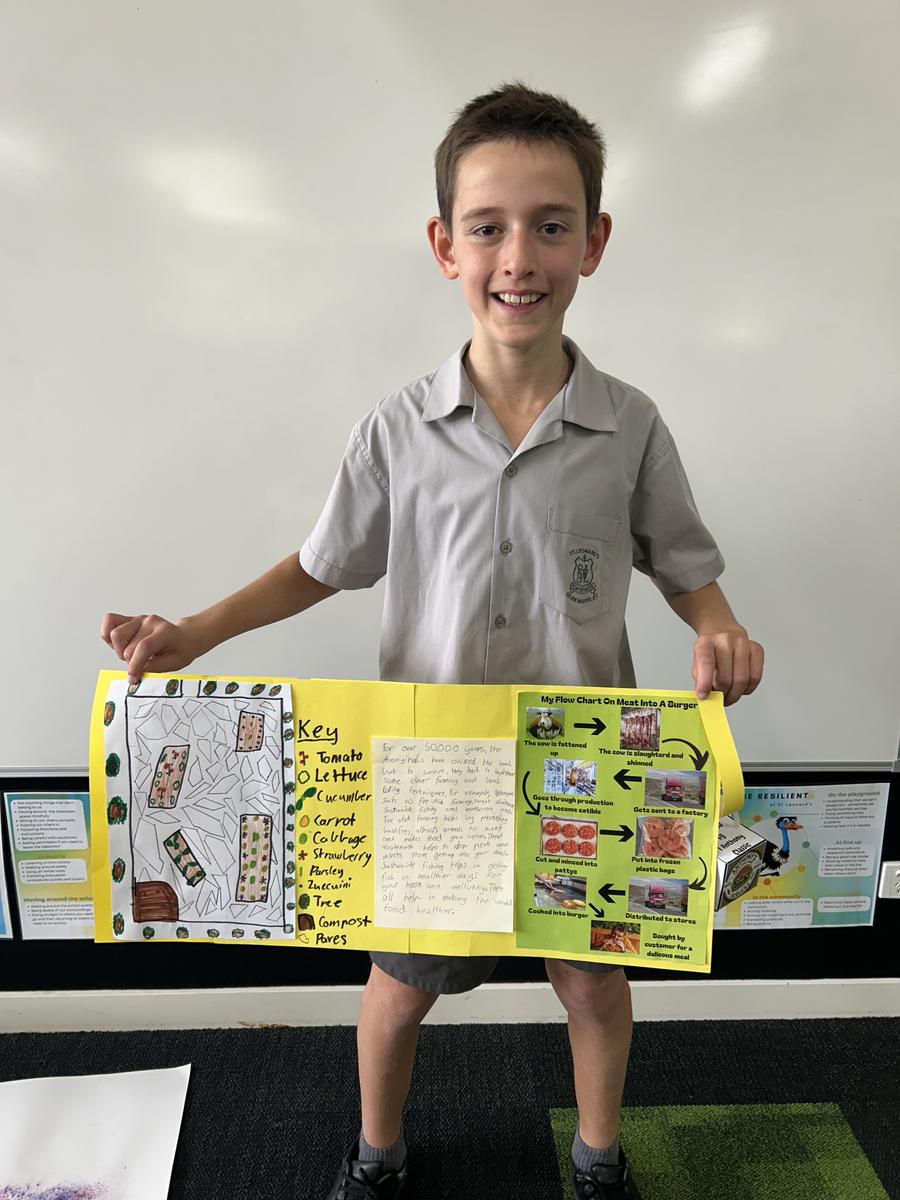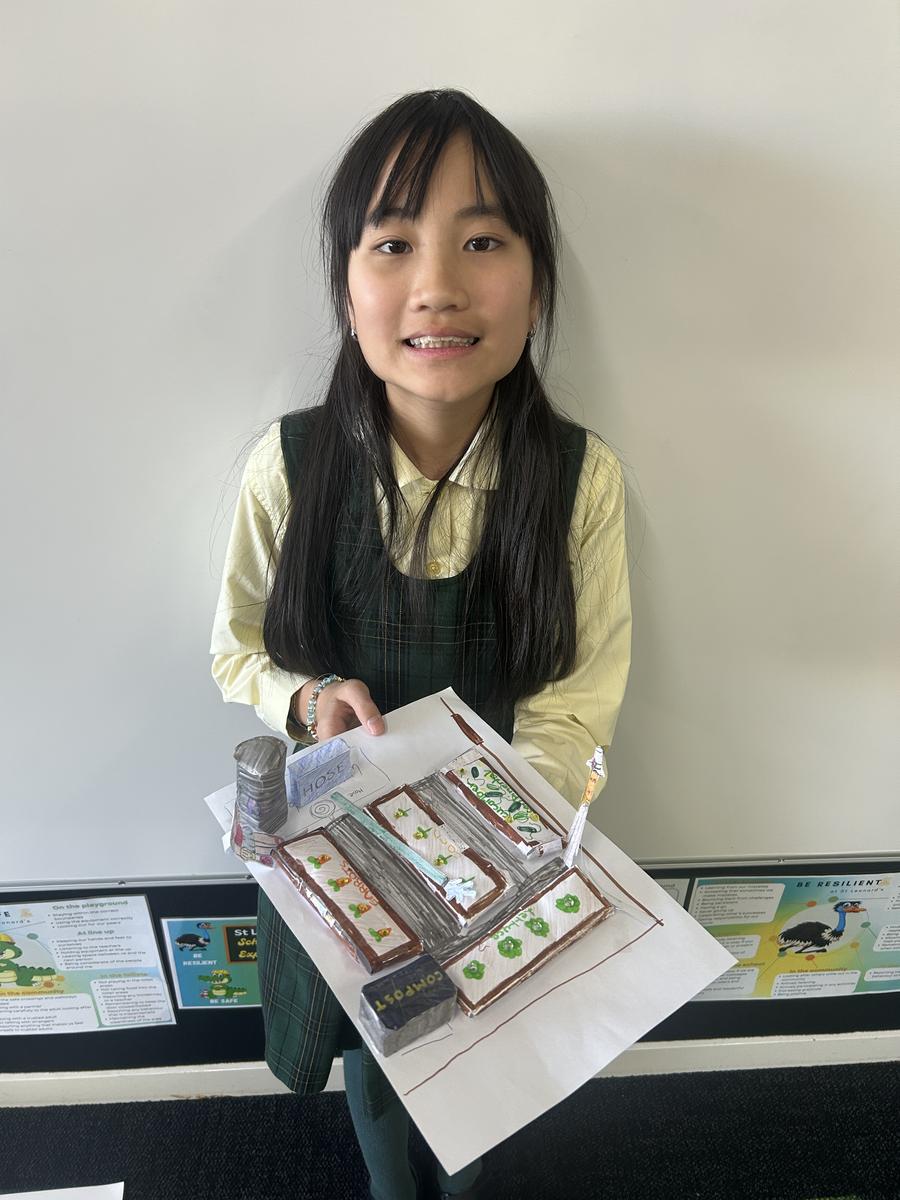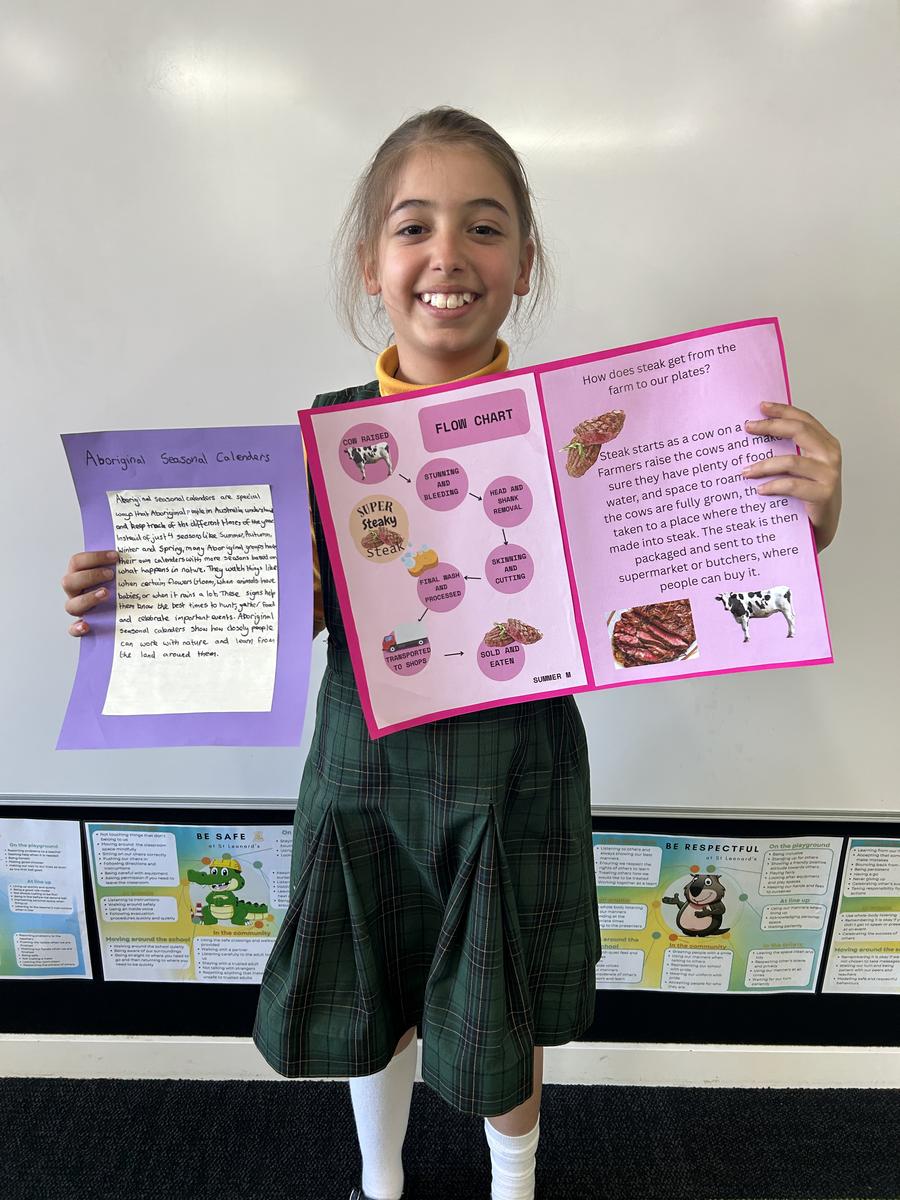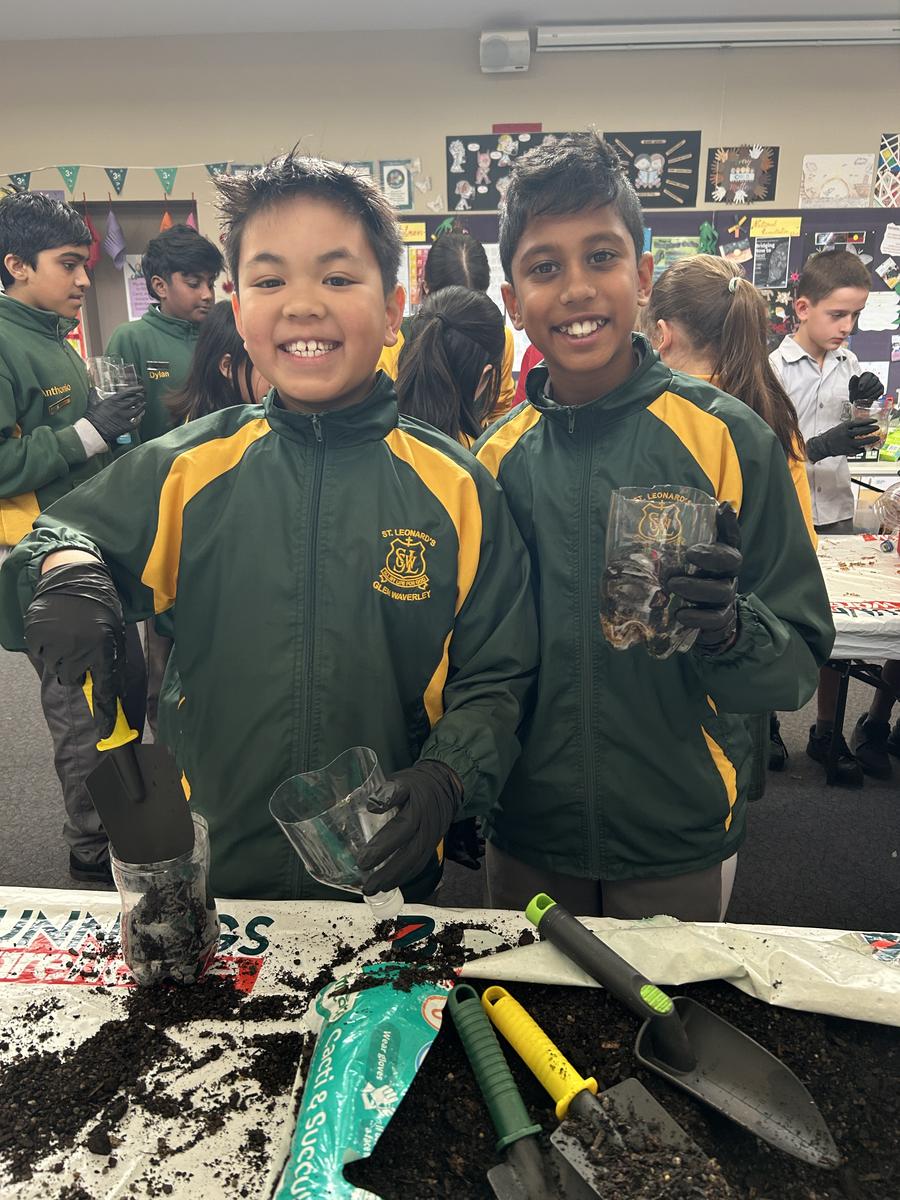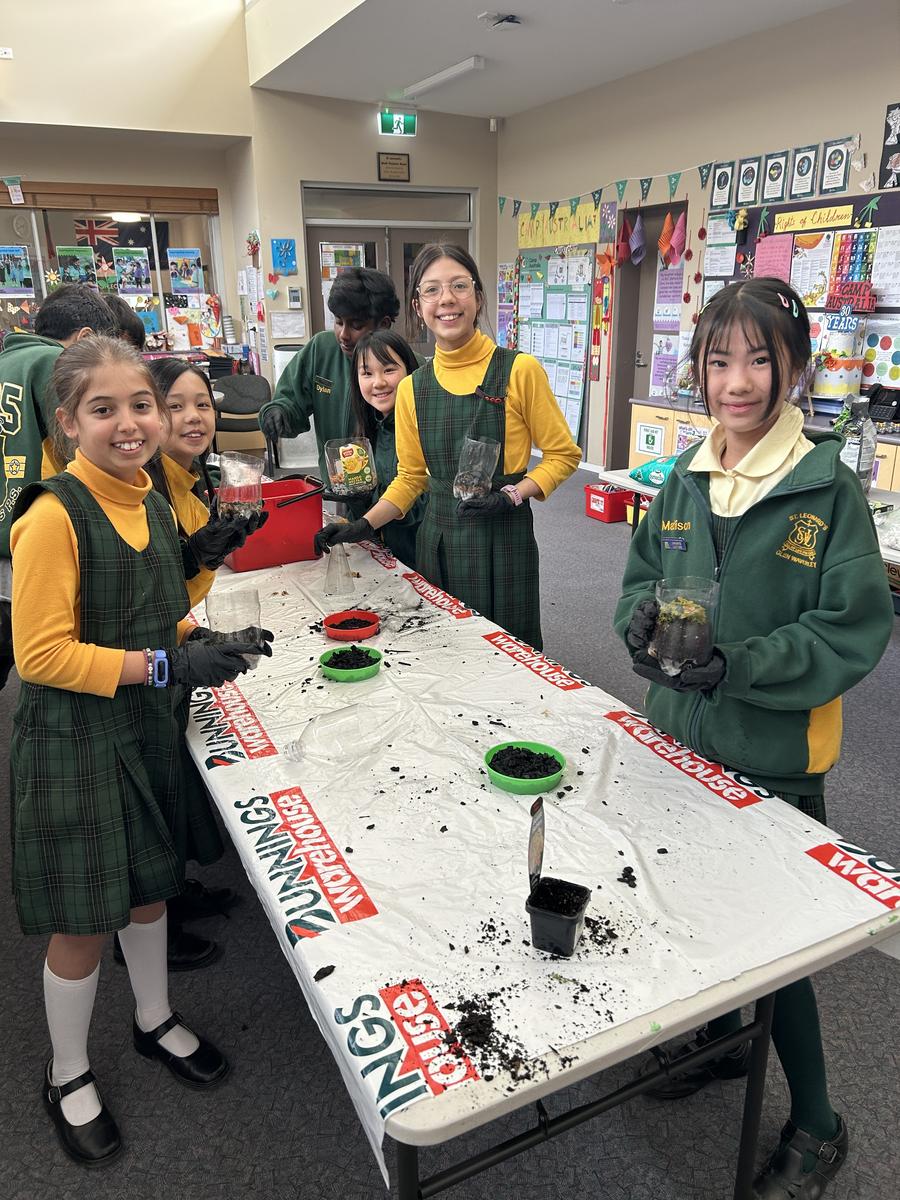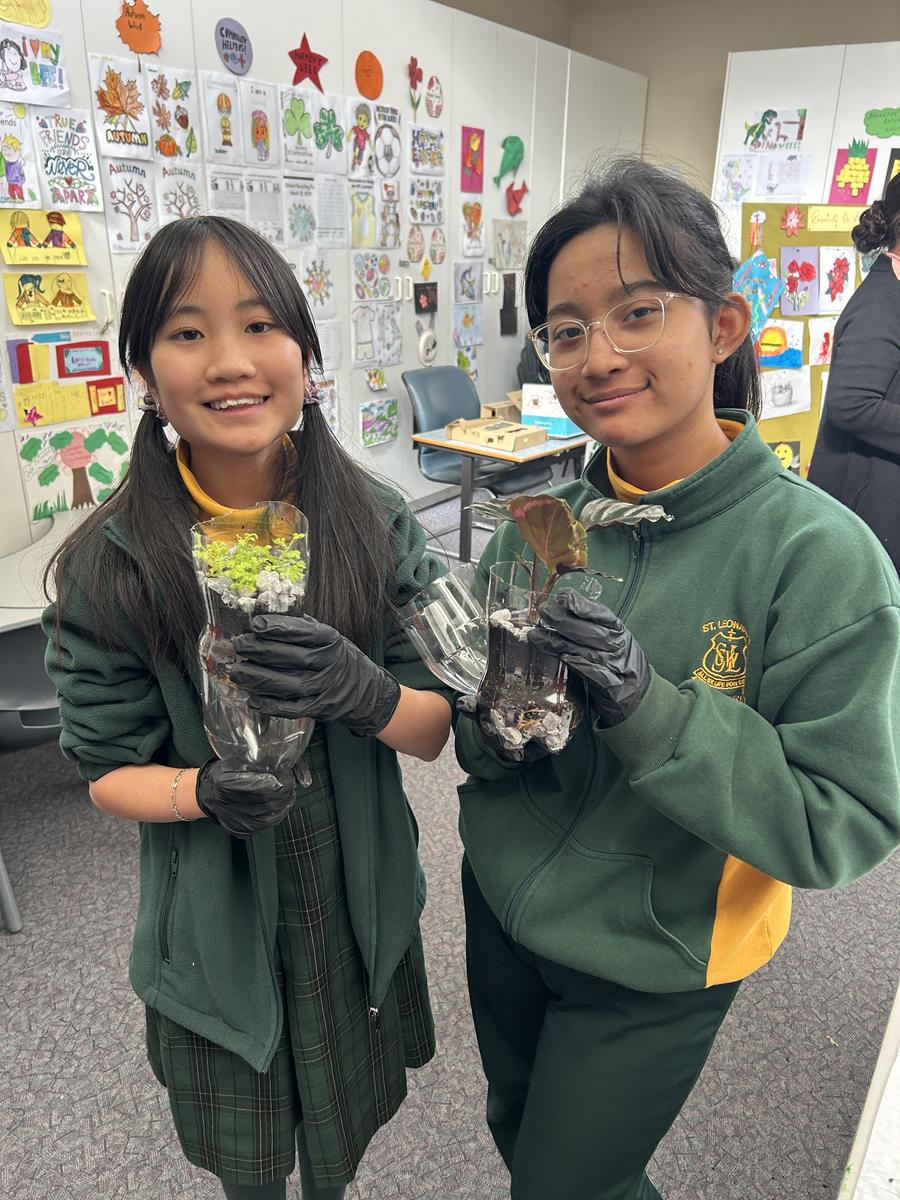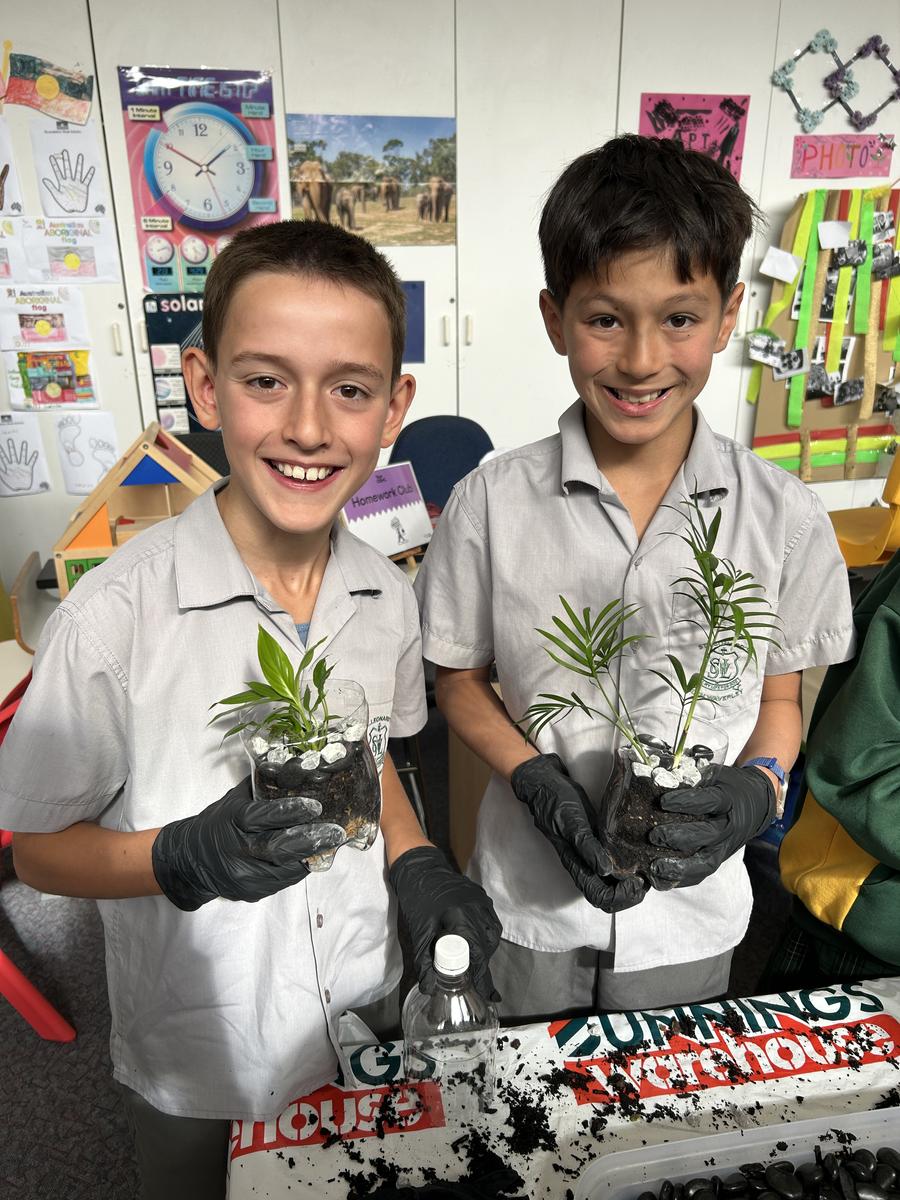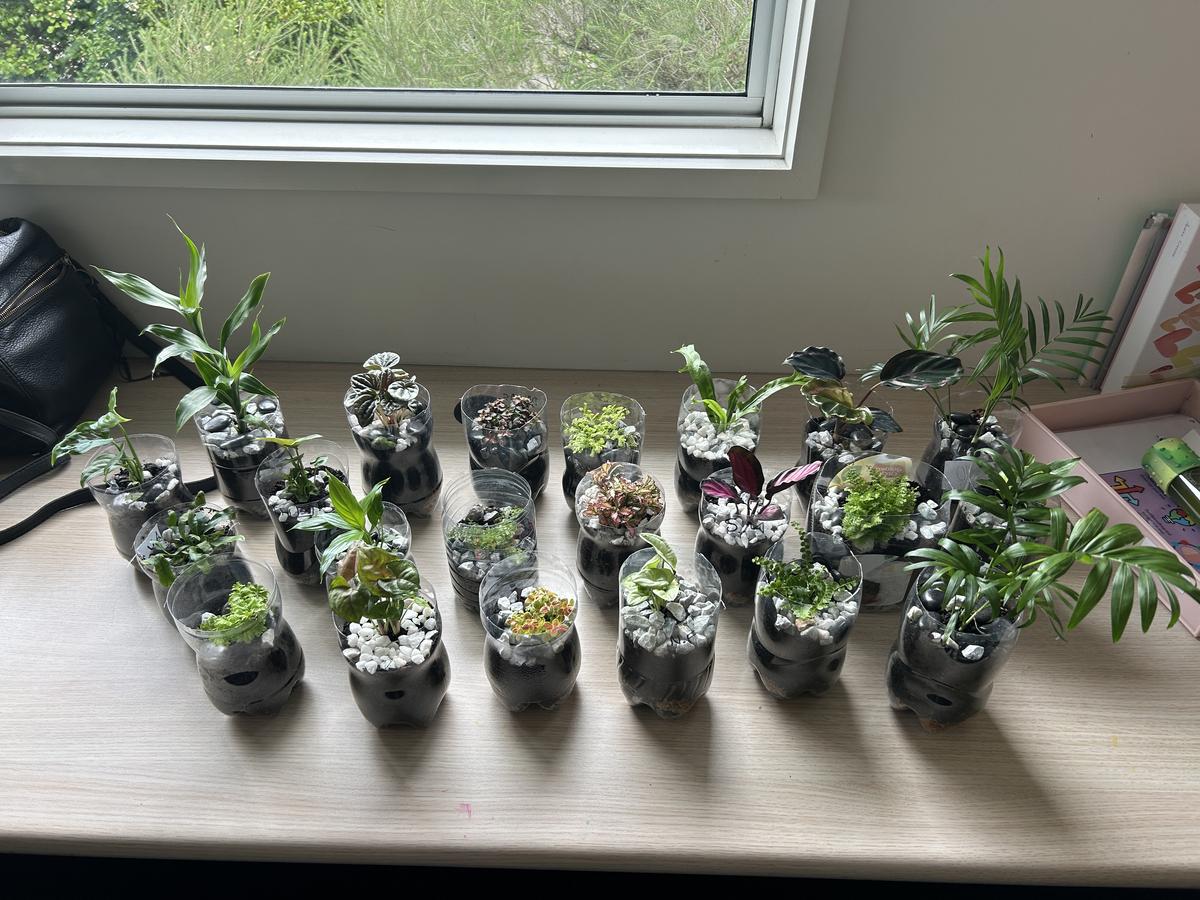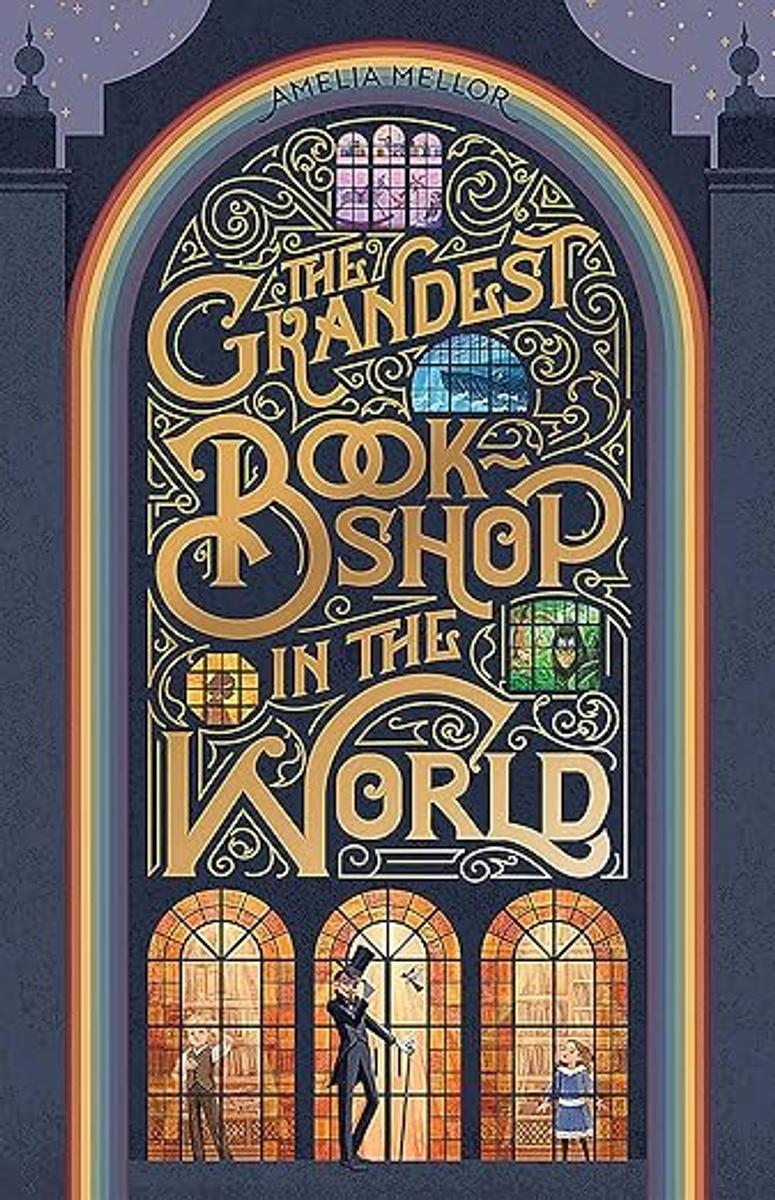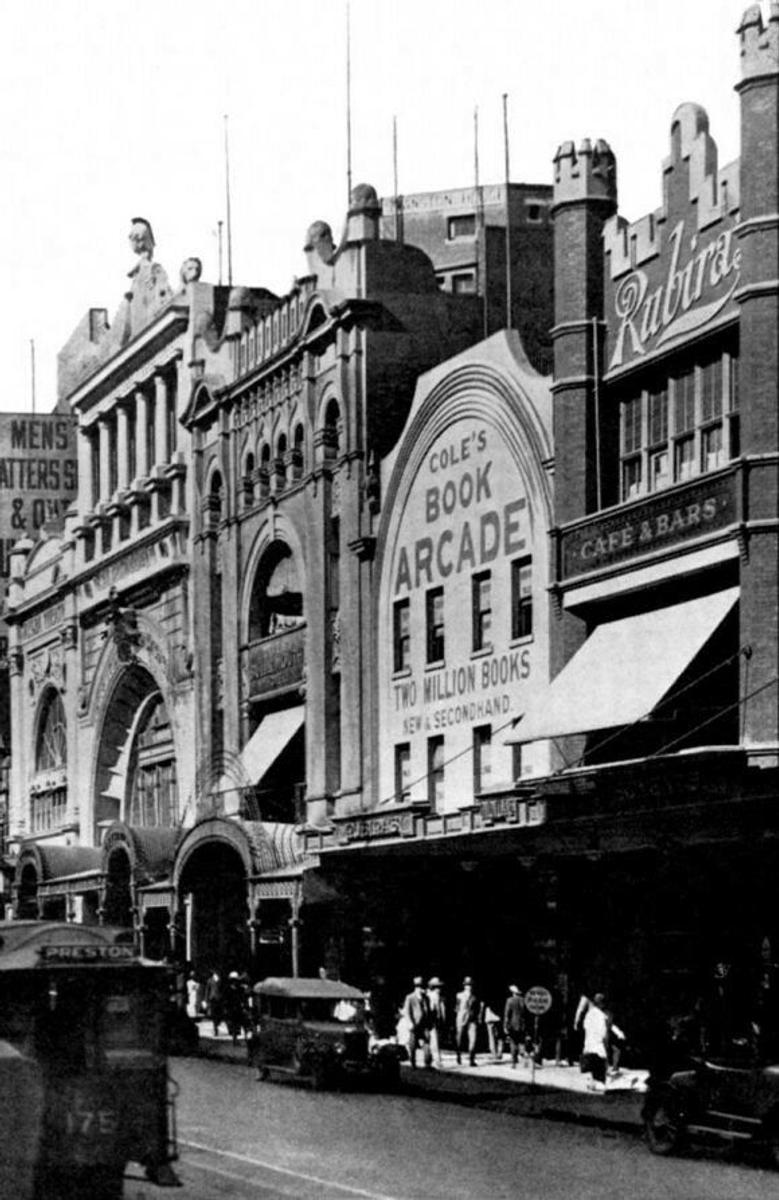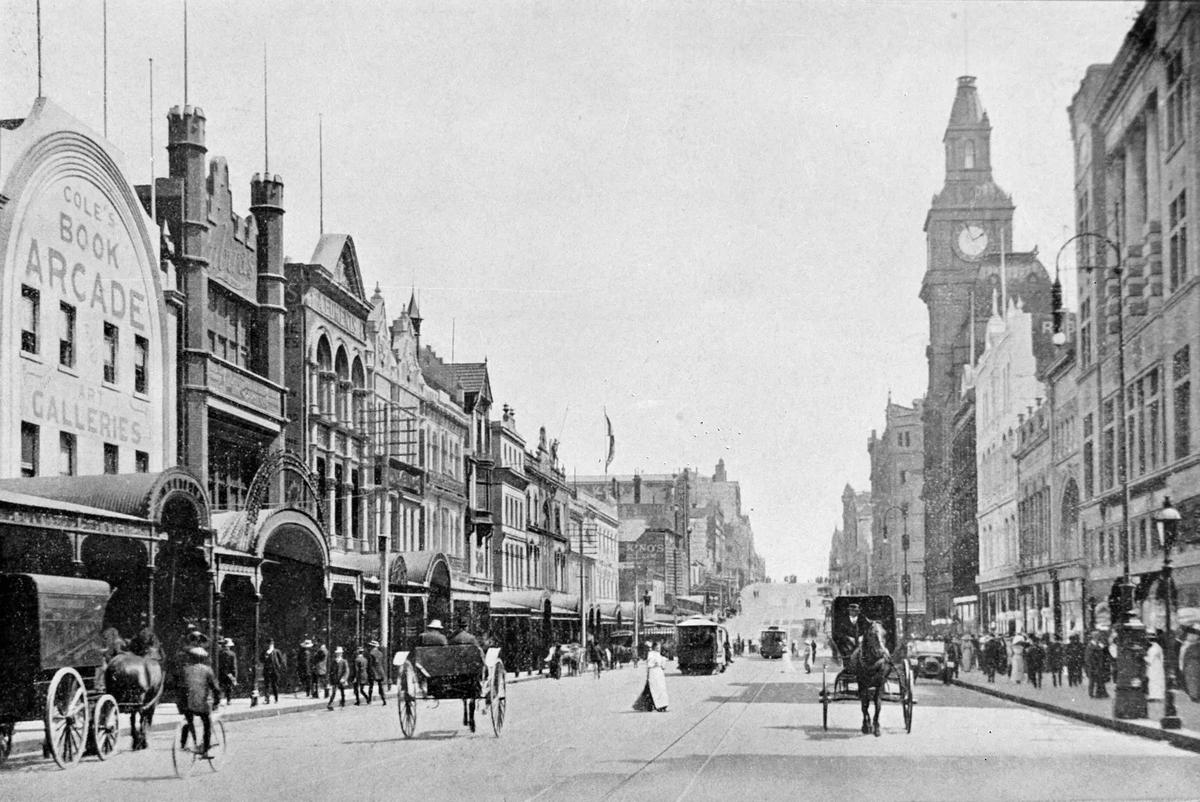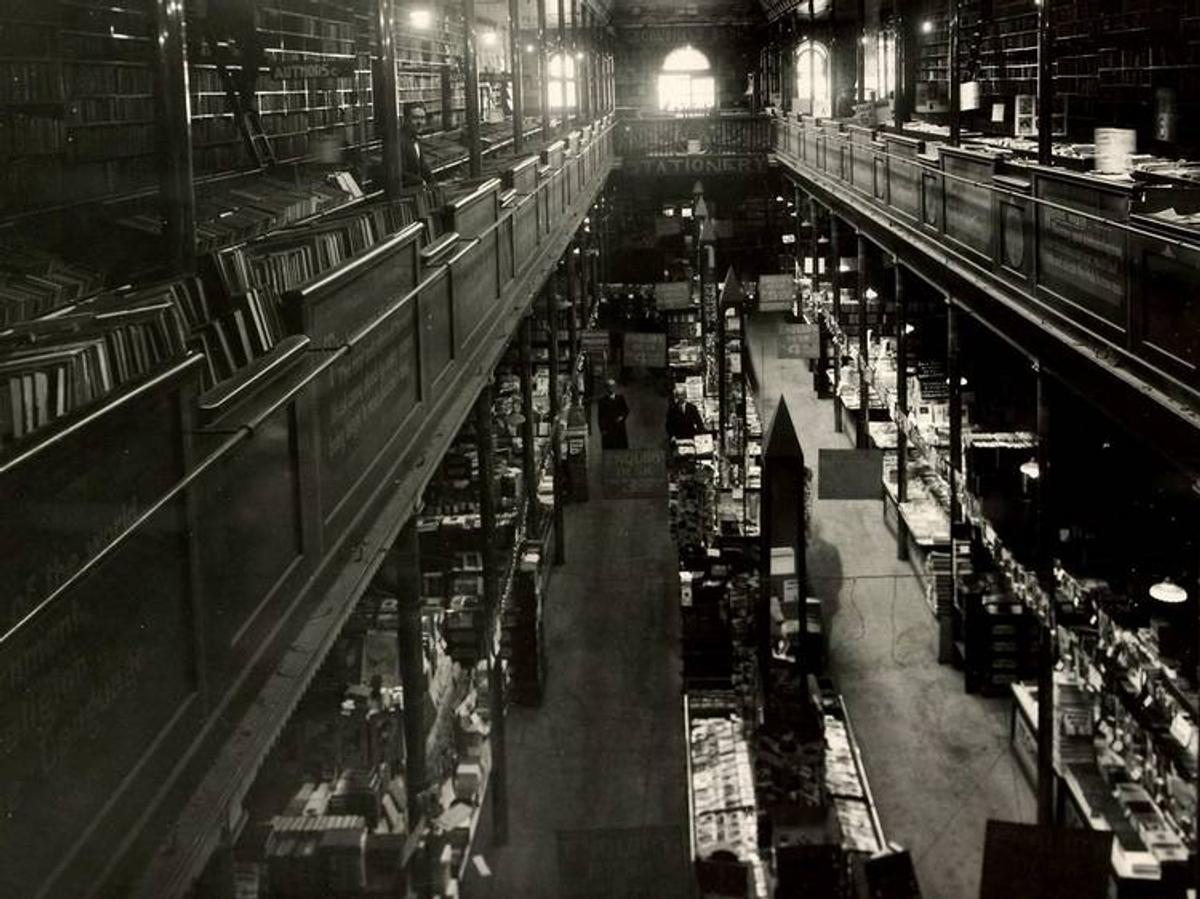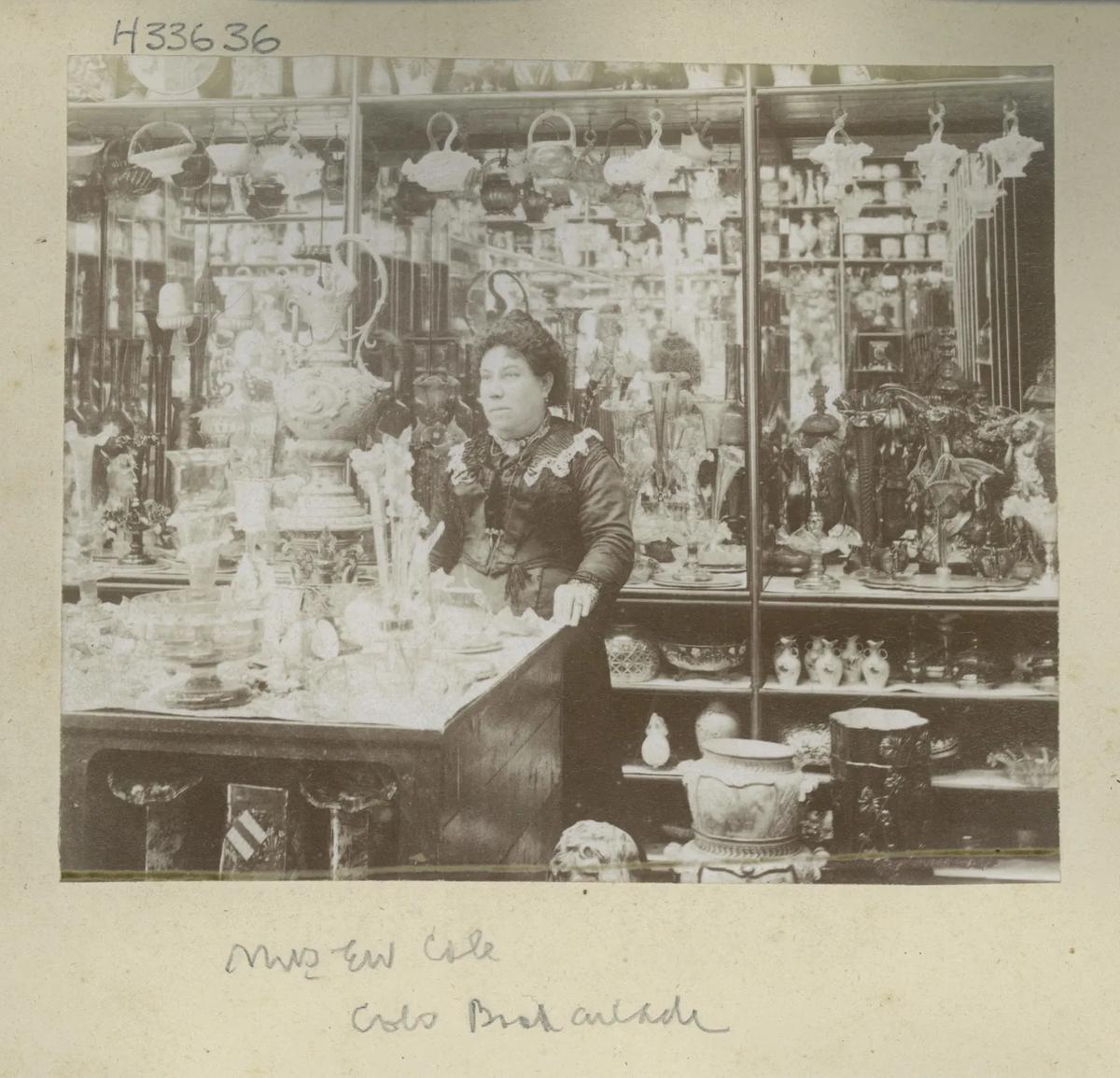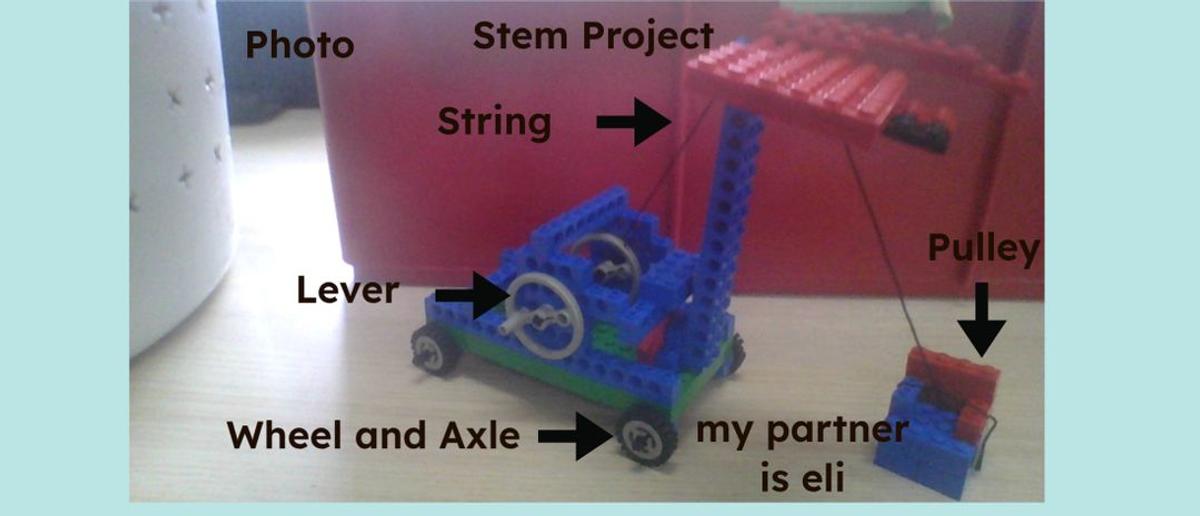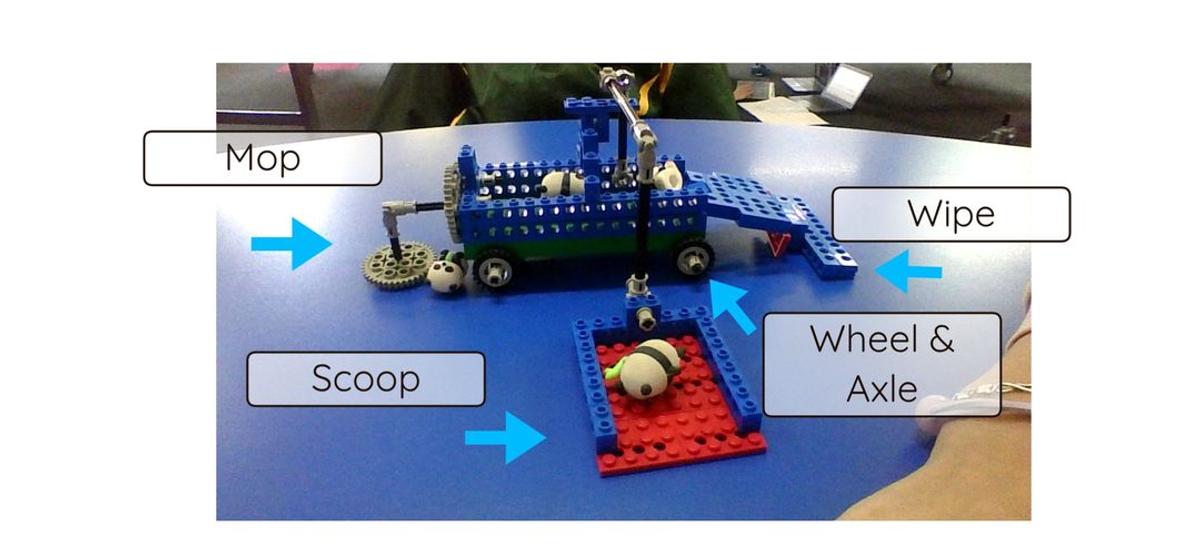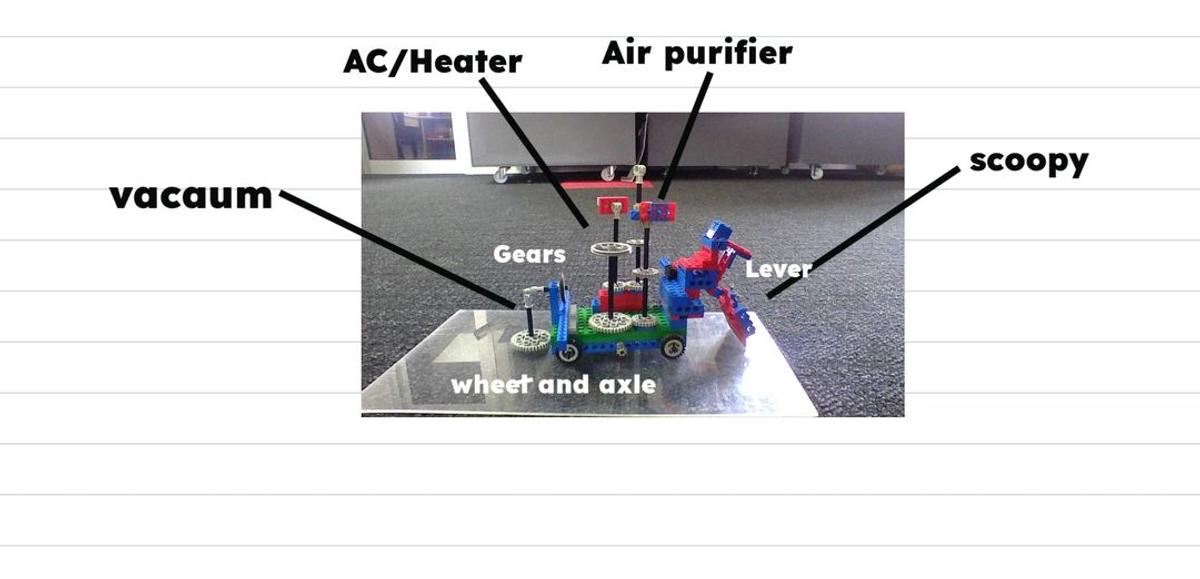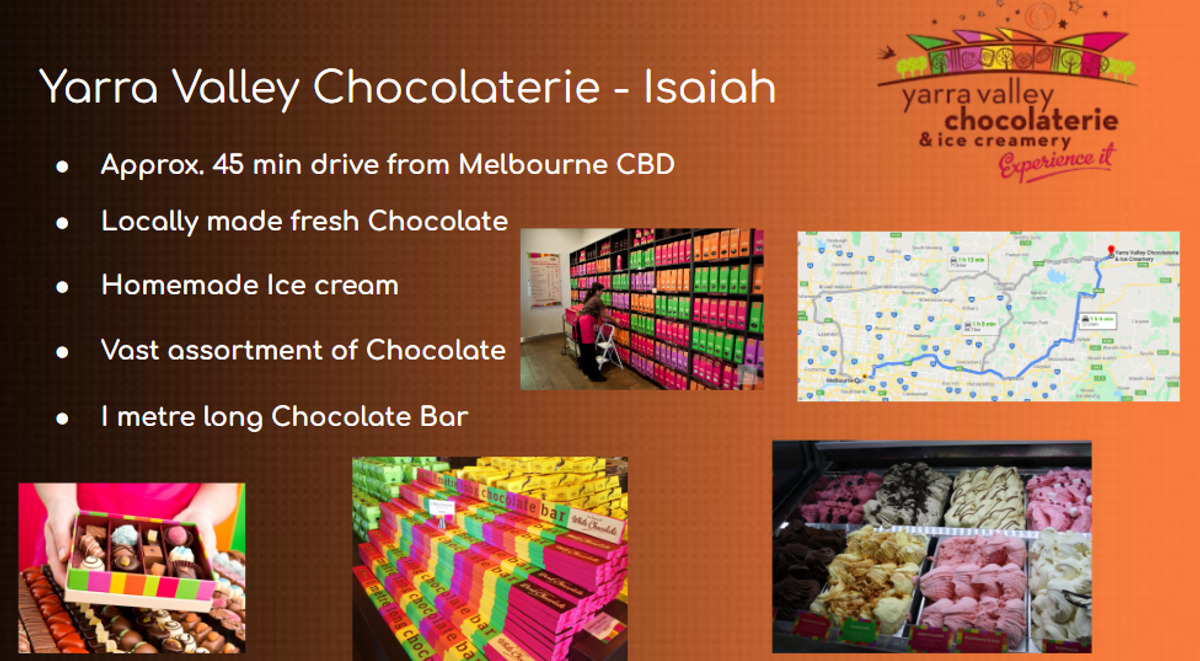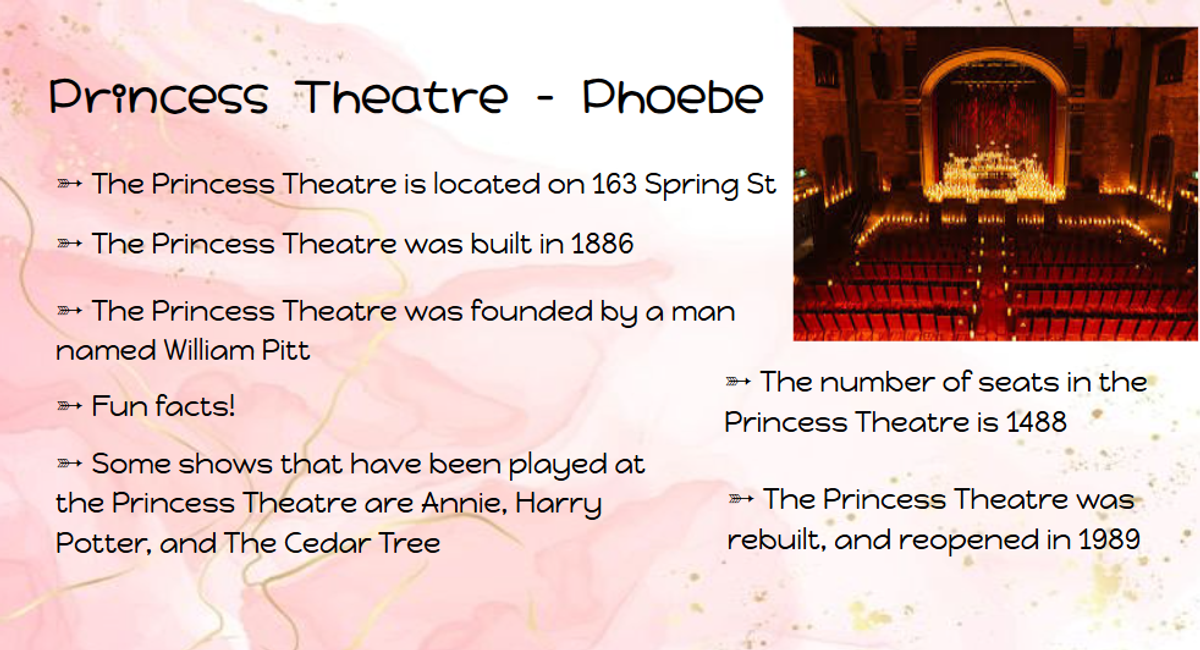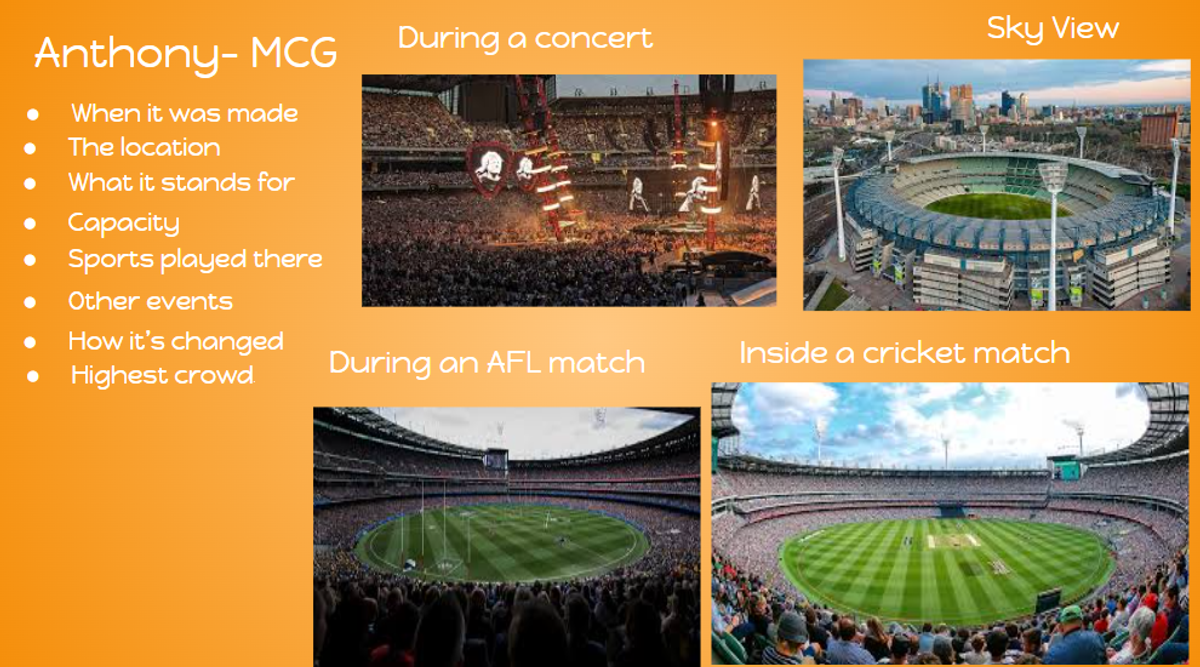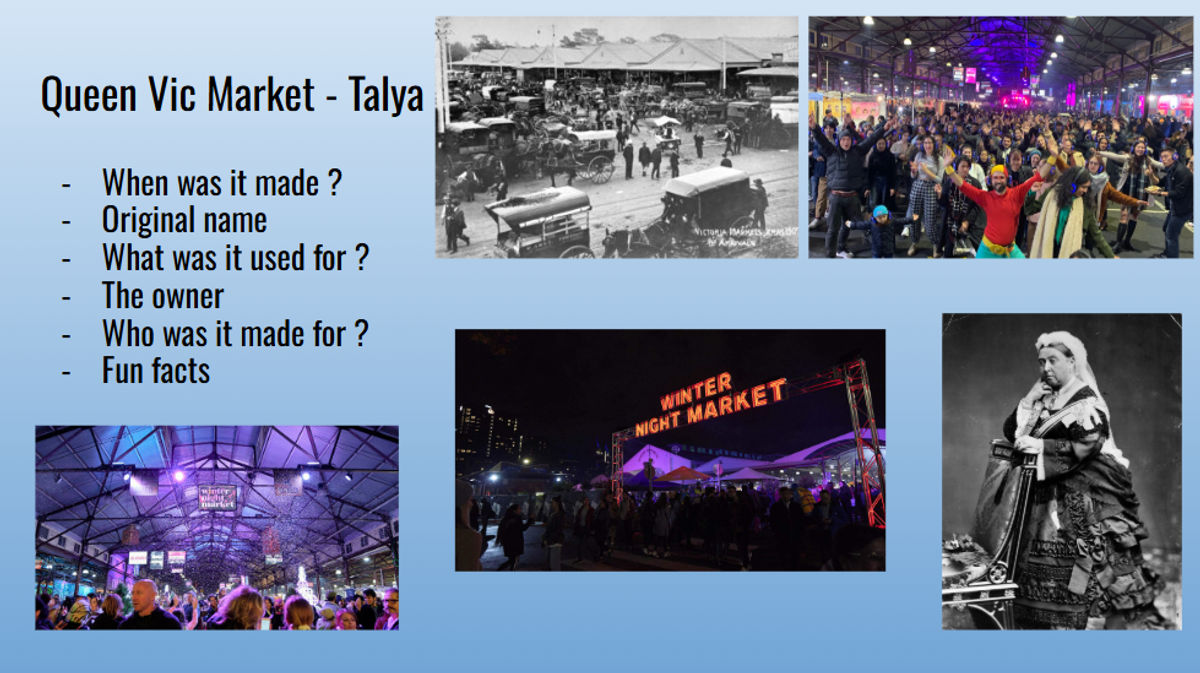Learning in Year 5/6
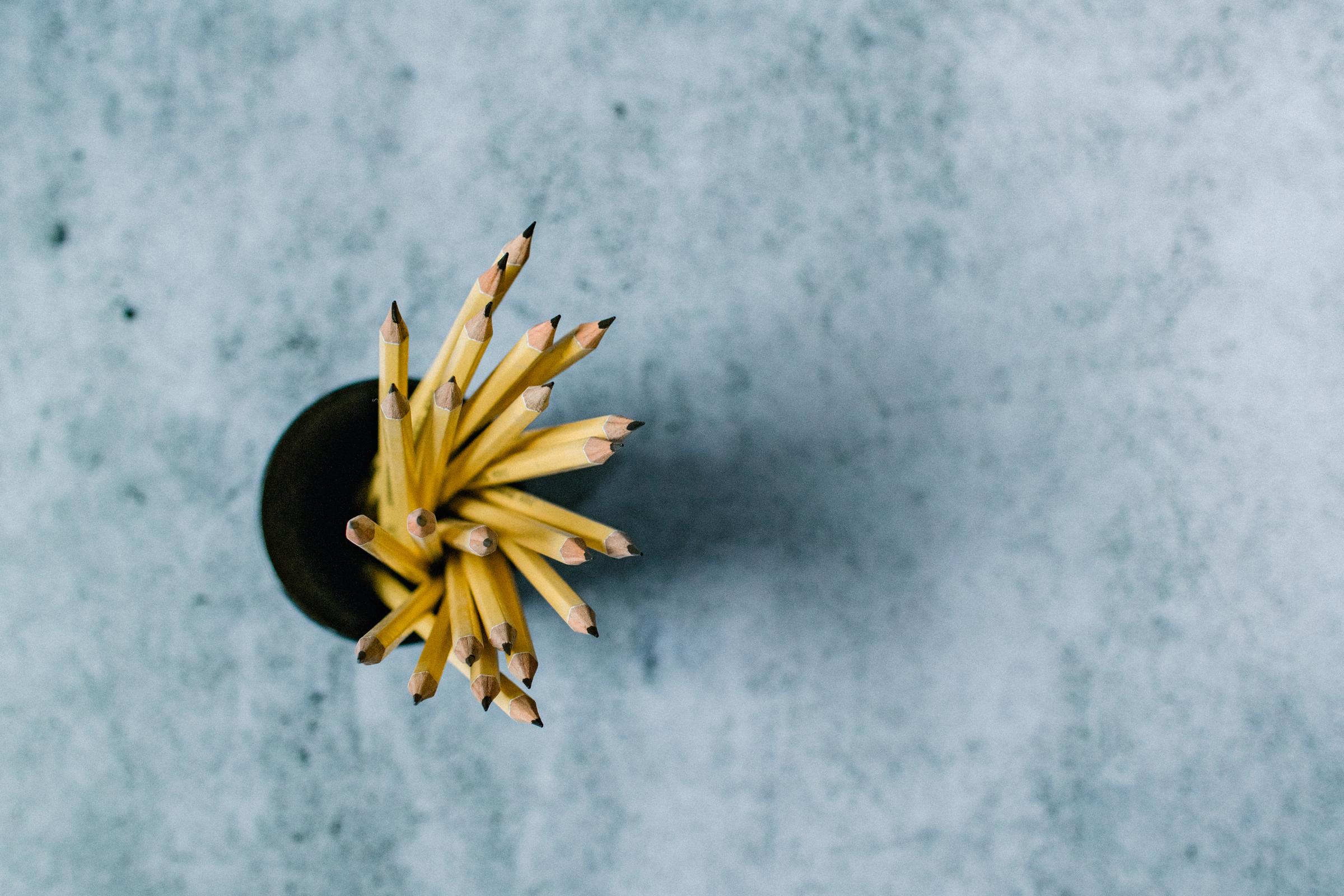
Welcome to the wonderful world of Year 5/6. Have a read below about what our students have been learning about, written by the students in 5/6J.
🌱Inquiry 🍅
In Inquiry this term, the Year 5/6s have been learning all about the topic ‘Farm to Table’. We also have been learning about ‘Farm to Wardrobe’. Throughout the term we have been looking at where different foods & pieces of clothing come from and the process they go through to become a finished product. We looked at how from Cows you can get: milk, meat or leather which is then turned into more products. We made flowcharts to show the process these animals and products go through.
To conclude the unit, we have been creating a project to showcase our knowledge and put together the ideas of: Farm to table & fashion, growing healthy vegetables and the use of Indigenous knowledge and processes. As part of the project we could make a slideshow, poster, model and more to showcase our work. We also had to be creative in how we presented our work through a design element such as: designing a menu, creating a clothing label or logo, creating packaging, drawing a successful veggie garden and more.
Check out some pictures of our projects below:
Earlier in the term we were fortunate enough to have Marie & Sarah from Bunnings Vermont South to make terrariums with us. They taught us what these plants need to survive, how to care for them and what you need to include in the pot for the little plants to thrive. We made little terrariums out of a plastic bottle. We included rocks, charcoal, moss, soil and decorative stones along with the terrarium plant to allow them to grow.
This week we also did some planting in the Veggie Garden. All of the Year 5/6 classes got to have a go at planting different seedlings that we hope to pick and eat next term. We planted: basil, zucchini, radish, silverbeet and parsley.
We thank the bunnings team again for their generous donations for the Terrarium supplies as well as the compost and seedlings that we used in the Veggie Garden.
Yukith, Phoebe, Anthonio & Madison
📖 Reading📖
In Reading this term we have been reading the Novel ‘The Grandest Bookshop in the World’ by Amelia Mellor. The book is set in 1880s Melbourne in the old Cole’s Book Arcade. The book arcade was located at 299 Bourke Street. The bookshop was founded by Author E.W. Cole and he lived there with his family including his wife, children Pearl, Ruby, Ivy & #, who are also the characters in the novel. The book is written from the perspective of Pearl, the youngest daughter. In the novel, Pearl’s sister Ruby dies from an illness. It is Pearl and her siblings’ mission to bring Ruby back to life. Early in the novel they meet a strange man, The Obscurosmith, who is magical and can do lots of strange things.
In order to bring her back to life, the Obscurosmith sets the children many challenges as part of his game. The game has 7 rounds representing the 7 colours of the rainbow that the store was known for having as part of its facade.
Our class has enjoyed reading this book and we are almost at the end. Our favourite parts have been the different games and puzzles they participated in, while also learning about the history of Melbourne. We are looking forward to hearing how the story concludes and if they were able to get Ruby back…
Connor, Eli, Isaiah & Neth
📝 Writing ✍️
This term in Writing we have been learning all how to write a Narrative that includes the genres of Magical Realism and Historical Fiction. Magical Realism is something magical that is treated as part of normal day to day life for the characters and the magic isn’t explained. Historical Fiction is where the place, time or characters are real from a time in history while also including some fictional elements to make the story more exciting. This is where some of the magic comes in. We got to choose from some different historical settings within Australia to base our narratives on such as: Goldfields, Her Majesties Theatre, the City of Melbourne and more. These themes link in with our novel this term.
Liam, Acacia, Noah, Korobee
💻 STEM 🏗️
In STEM we had 3 rotations within the Year Level.
There was making a website with Mr Cotesta, Lego Technic with Miss T and Scratch with Mrs Sedony.
When we were with Miss T, we had to make a simple machine out of lego that had some sort of mechanism in it. We had to pick 2 mechanisms to put in our lego build. The options were: wheel and axle, wedge, lever, screw, pulley and inclined plane. We also had to pick a partner to make our machine with. We made a machine that puts pieces of rubbish into a box and that box is portable so it can be collected and emptied. We had 3 weeks to make the lego and each group had a box of lego and things that can help you make the mechanisms. The first week Miss T taught us what a simple machine was and how to make it. We also had to come up with an idea of what to make and how it could solve a problem in the world. In the second week we got into building the simple machines. It was very hard to make them because we had to try to figure out how to put the little bits together and make it work. In the third week we continued building the Lego and we made a seesaw post explaining how our simple machine worked and what life problem it would solve.
When we worked with Mrs Sedony we went on Scratch which is a coding website where you can make games on. She gave us a task to make an engaging game for 5-6 year olds in the 3 weeks we were given. We could either choose a pong game, a clicker game, a chase game or an adventure game. The game we all made had to be appealing, easy to control, creative and involve learning or problem solving through play. We included vibrant colours, sound effects and instant rewards. We had a variety of people who chose different games. Everyone made really fun and engaging games. I made a pong game where you had to use the left and right arrows on the keyboard to move in the direction to make a dog not touch the red line for as long as you can. I learnt a lot of things in Scratch and I am excited to do it next time.
Anthony
In Scratch I made a fruit clicker game. You have to click on fruits to get points. Then with your points, you get to buy a new fruit to click. Scratch is a wonderful program that helped me to learn more coding skills. I am glad we uncovered this STEM Subject.
Aaliyah
In Scratch I made a pong game. The goal is to stop the ball from hitting the ground. You have to hit it with the paddle to keep it bouncing. Every time you hit the ball, your score increases by 1 point. I had so much fun using scratch! I learned how to code and make my own games with moving characters, sounds and cool effects. It was really exciting to see my ideas come to life. Scratch was a great experience.
Michaela D
🎤 2 Minute Talks 🎤
This term we created a 2 Minute Talk to practise our public speaking skills. We had to choose a place in Victoria or within the City of Melbourne to research. We had to create a 1 page slide to show as a prompt. We weren't allowed to make cue cards, so we all wrote mini subheadings as dot points to reference to and then elaborated on. We could add in some images. We then got creative with different transitions and animations within our slides.
Some of the chosen topics were: Princess Theatre, Ararat, The Glen, Bourke Street Mall, Chadstone Shopping Centre, Werribee Zoo, Queen Vic Market and many more.
Practising our public speaking helped all of us to talk to an audience and develop our presentation skills, while also trying to elaborate and talk for as close to 2 minutes as possible.
Michaela N, Talya, Ciara & Natalie
➕➖ Maths ✖️➗
Recently in Maths we have been learning about Angles, Decimals and Measurement.
When learning about Angles we learnt about different types of angles like an acute angle, obtuse angle, right angle, straight angles, reflex, revolutions and angles at a point. We have also been learning about supplementary angles and complementary angles. A supplementary angle is two angles that add up to 180 degrees and a complementary angle is two angles that are added up to 90 degrees.
Dallas
We have also been learning about decimals recently. We have learnt the place value of decimals like tenths, hundredths and thousandths, how to round decimals. We also learnt how to add, subtract and multiply decimals. We learnt how to use the vertical algorithm for adding, subtracting and multiplying decimals. We also use Powers of 10 to help us multiply and divide decimals by 10, 100 or 1000.
Will & Leo
We have just finished our unit on Measurement. We learnt about the different units of measure for length, mass and capacity. These include millimetres, centimetres, metres, kilometres, grams, kilograms, tonnes, millilitres, litres, kilolitres and megalitres. We also learnt strategies on how to easily convert between bigger and smaller units using the powers of 10 for length, mass and capacity. For example to convert from 'km' to 'm' you need to multiply by 1000 so, 23km x 1000 = 23000m.
Dylan
